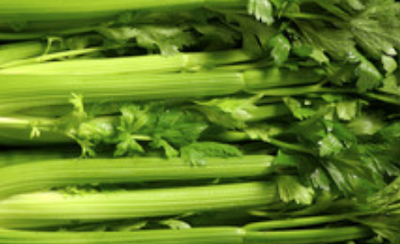 |
| just out of the oven and still puffed up |
I have a recipe to share with you that uses 1 of the budget fall vegetables from yesterday's post, pumpkin (plus onions, which are also a budget fall vegetable.) I've been looking for more savory ways to use pumpkin, as it's such an affordable vegetable for me (especially when they grow well in our garden or when buying Jack o Lantern pumpkins for cooking in October).
So this savory pumpkin pie sounded like just the right thing. The flavors of pumpkin, sage, onions, and Parmesan cheese complement each other really well. I make a pasta sauce with those ingredients (plus Italian sausage) that my family enjoys.
 |
| just before going into the oven |
If using home-cooked pumpkin, drain off as much liquid in a mesh strainer before measuring as possible. I know one of us has a family member who doesn't do onions. This recipe could be made without the onions. Increase the bacon/ham and Parmesan cheese to compensate for flavor and bulk.
I loosely used the following recipe from Food Network: here. I decreased the fat, eggs and milk/cream, increased the onions and pumpkin, added the Parmesan cheese to the quiche and baked it longer. I also left off the arugula salad topping, as I didn't think my family would enjoy that.
I served this with a tossed salad and a rice-millet combo. My family thought it was very good. It has a very mild pumpkin flavor and a rich and dense texture. The next time I make this (and it was good enough to qualify for a next time), I'll increase the sage and Parmesan just a bit, and add a dash of nutmeg.
Below is how I made mine.
Bacon, Caramelized Onion and Pumpkin Quiche
Ingredients:
1 cup pureed pumpkin (or butternut squash)
1 tablespoon thinly sliced fresh sage leaves or 1 tsp dried sage
1/2 teaspoon salt
1/8 teaspoon black pepper
6 large eggs
1/3 cup rich milk, heavy cream, or milk/cream substitute
1/2 cup shaved Parmesan cheese or 1/3 cup of shelf stable grated Parmesan (shaved Parmesan lends a nutty and sweet flavor which compliments the caramelized onions)
Pre-bake the pie shell, covered. Set aside.
Pan-fry the bacon. Remove from pan. Pour off all but 1 tablespoon of the rendered fat. (If using a leaner smoked meat, such as turkey bacon, or lean ham, lightly brown the meat in about 1 tablespoon cooking fat, then set aside.)
Sauté the sliced onions in the pan from the bacon, stirring, until caramelized. Crumble the cooked bacon into the cooked onions. Stir in salt, pepper, and mince sage leaves or dried sage.
Whisk eggs, pumpkin puree, milk/cream/substitute. Gently fold in the bacon-onion mixture and Parmesan cheese. Pour into baked pie shell.
Bake at 350 degrees F for about 45-50 minutes, until knife inserted comes out clean. Allow to stand for 10-15 minutes before cutting into servings. Yields 4 to 5 servings.
Bon Appetit!









